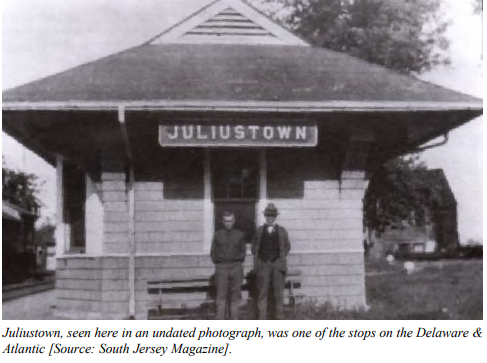The Forgotten Railways of Silverton, Colorado

While Silverton, CO is most famous as the terminus for the Durango & Silverton Narrow Gauge Railroad , the town was a terminus for three abandoned railroad lines which ran to points north. During the operation of these lines, the Durango & Silverton was the Denver & Rio Grande's Silverton Branch , which came into service in 1882. Nope, not this one! Image: D&S 481, c.1980. FRRandP Photo Collection The Silverton Railroad ran from Silverton to Ironton, CO between 1888-1926. It, along with the other two abandoned lines discussed in today's blog were owned by Otto Mears to reach various mines in the area north of Silverton. According to DRGW.net, "Mears' intention for the Silverton Railroad was to eventually reach Ouray. The sheer ruggedness of the north slope of Red Mountain Pass made the route very hostile to railways. Mears' originally surveyed route - his toll road - had sections of 19% grade, making it very unsuitable for anything but possib...










